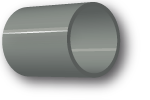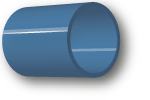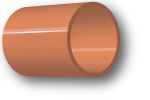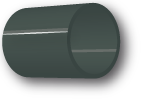European Patent Application
P&TS is qualified to file European Patent Applications. A draft is prepared by one of our European Patent Attorneys on the basis of spoken or written indications provided by the applicant. This draft is submitted to the applicant who can correct and/or complete it before filing.
European Patent Convention (EPC)
In order to protect an invention in a large number of European states, it is often easier and more cost-effective to file a European patent application rather than several distinct national applications. Thirty-eight Member States, including all the European Union states as well as Switzerland, have joined the European Patent Convention (status April 2016). The full list of member states is available for example on the site of the European Patent Office (EPO) under www.european-patent-office.org. The EPC has instituted a European Patent that is granted by the European Patent Office (EPO), whose head office is located in Munich (Germany).
The grant procedure is centralised and comprises the main steps described below.













